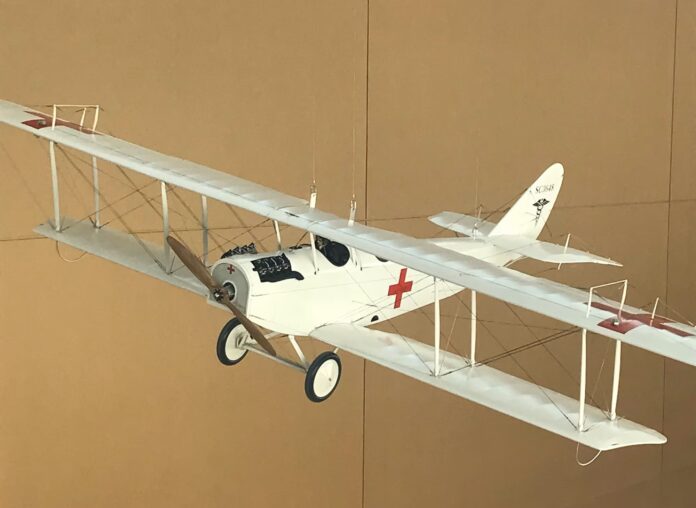When a loved one falls ill or is injured abroad, non-emergency medical repatriation offers a safe way to return home for ongoing treatment. Unlike emergency evacuations, these planned transfers use air ambulances or medically equipped charter flights to ensure patient comfort and safety. Proper preparation is key to making the process stress-free and efficient.
Understanding Non-Emergency Repatriation
Non-emergency medical repatriation involves transporting a patient who is stable but requires medical supervision during travel. Air ambulance services provide specialized aircraft equipped with medical equipment and staffed by trained professionals, ensuring continuous care throughout the journey and prioritizing patient comfort, medical safety, and seamless coordination between departure and arrival healthcare facilities worldwide.
Assessing the Patient’s Condition
Before planning the transfer, a medical assessment is crucial. The attending doctor and the air ambulance provider’s medical team will determine if the patient is fit to fly and whether special equipment or an escort is required. Air ambulance vehicles today come with a variety of specialty equipment for issues pertaining to cardiovascular diseases, pulmonary complications, premature birth, and even organ transportation.
Coordinating with the Air Ambulance Provider
Once cleared for travel, families should contact a reliable air ambulance company experienced in international repatriations. The provider will coordinate logistics such as ground transport, medical clearance, and communication with hospitals at both ends. Most importantly, families must look for specific specialties depending on the patient’s need, such as cardiac, neonatal, or trauma care expertise for optimal safety.
Documentation and Permissions
Collect all necessary medical reports, prescriptions, and identification documents early. Some destinations may require medical fit-to-fly certificates or consular approval. Having these ready can prevent last-minute delays.
In the next part, we’ll look at how to prepare for the actual journey and ensure the patient’s comfort and safety during air ambulance transport.


